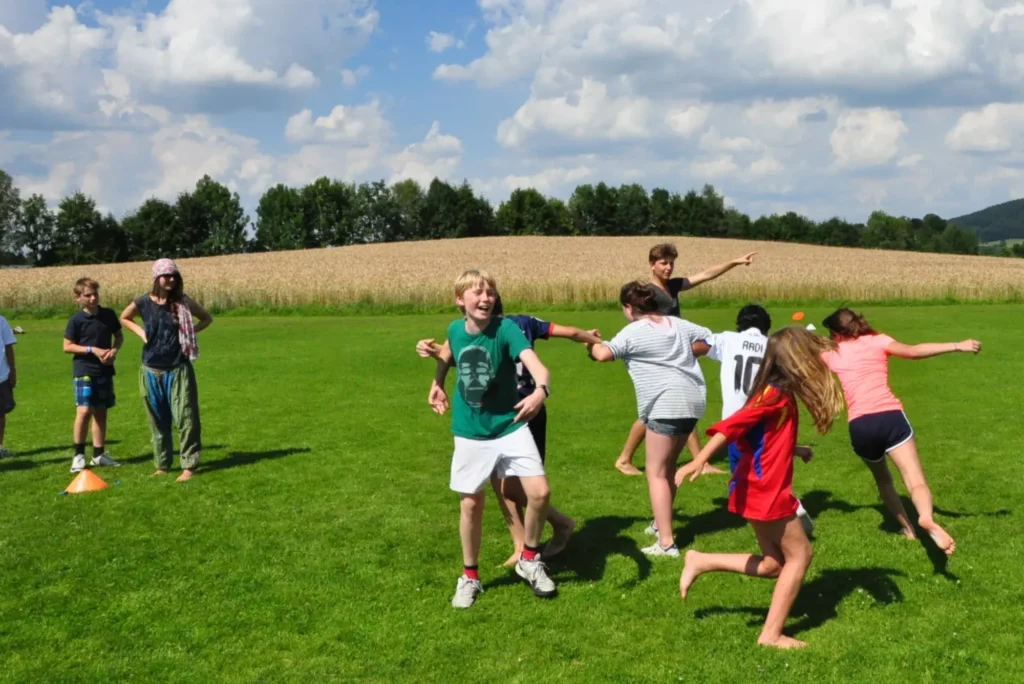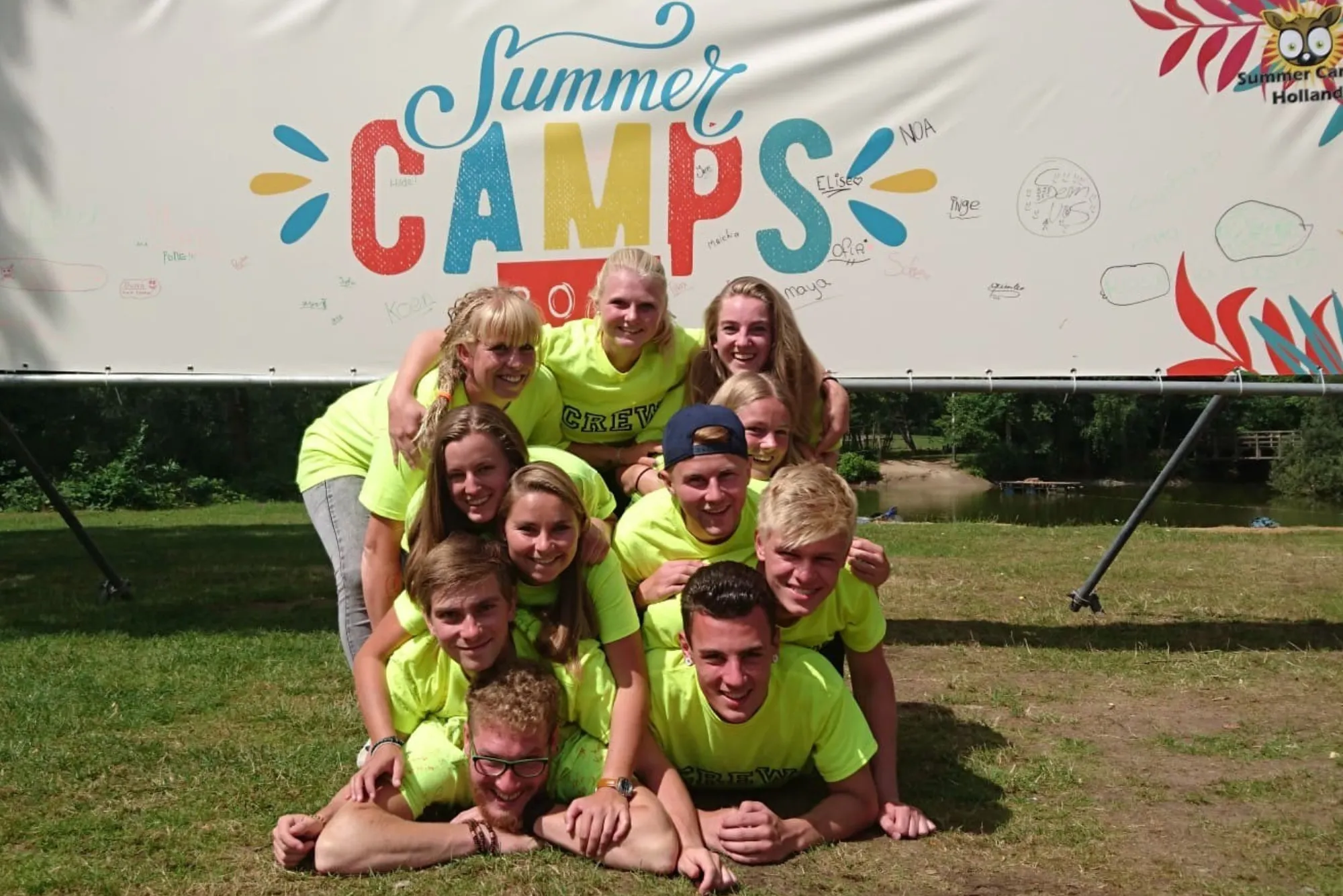Summer camps have long been a cherished tradition in the United States. These camps provide children and teenagers with opportunities to develop new skills, enjoy outdoor activities, and build lifelong friendships. With their rising popularity, a natural question arises: How many summer camp companies exist across the USA? This detailed guide explores the scope, history, and current state of summer camps in the country, highlighting the key factors that have contributed to their growth.
The Growth of Summer Camps in the USA
Historical Overview
Summer camps began in the late 19th century, with the first organized camps focusing on character building and outdoor skills. By the mid-20th century, camps expanded their offerings, including arts, sports, and specialized programs.
Modern-Day Popularity
Today, the number of camps has significantly increased due to diverse programs catering to children of all interests. From traditional outdoor camps to specialized STEM and arts camps, families now have more options than ever.
How Many Summer Camp Companies Are There?

The United States is home to over 14,000 summer camps, according to the American Camp Association (ACA). These camps can be divided into various categories:
- Day Camps: Local programs focusing on daily activities without overnight stays.
- Residential Camps: Camps where participants stay for a week or more, fostering independence.
- Specialized Camps: Camps tailored to specific skills like coding, sports, or performing arts.
- Nonprofit Camps: Camps run by organizations like the YMCA or faith-based groups.
Distribution Across States
The distribution of camps varies widely. States like California, New York, and Texas lead in the number of camps due to larger populations and higher demand.
| State | Number of Summer Camps | Popular Camp Types |
|---|---|---|
| California | 1,800+ | Day Camps, Tech Camps |
| New York | 1,500+ | Residential, Arts Camps |
| Texas | 1,200+ | Sports Camps, Faith-Based Camps |
| Florida | 900+ | Outdoor Adventure Camps |
| Colorado | 800+ | Nature and Wilderness Camps |
Key Benefits of Attending Summer Camps
Social and Emotional Growth
Summer camps allow children to interact with peers, develop social skills, and build confidence. Camp experiences encourage independence and teamwork.
Physical and Cognitive Development
Outdoor and physical activities promote health and fitness, while specialized camps enhance skills in areas like robotics, art, or writing.
Unplugging from Technology
Camps offer a much-needed break from screens, fostering creativity and hands-on learning experiences.
Trends Driving the Growth of Summer Camps
As the demand for summer camps continues to rise, several key trends are contributing to the growth and transformation of these programs. Understanding these trends helps to shed light on why summer camps are becoming more diverse, accessible, and specialized. Let’s explore the most significant trends driving the growth of summer camps in the USA.
1. Rising Demand for Specialized Programs
A Shift Toward Niche Interests
In the past, summer camps were largely centered around traditional outdoor activities like hiking, swimming, and canoeing. Today, however, there is a significant shift toward specialized camps catering to specific interests. This trend is driven by parents’ desire to provide their children with targeted experiences that align with their passions and talents.
For example, STEM (Science, Technology, Engineering, and Mathematics) camps have surged in popularity as more children show an interest in coding, robotics, and computer science. These camps not only teach kids technical skills but also foster a love for problem-solving and innovation. Similarly, there has been a growing demand for arts-focused camps, including music, theater, and visual arts programs, where kids can refine their creative abilities.
Other specialized camps focus on sports, leadership development, language immersion, performing arts, and even adventure travel, offering activities like rock climbing, kayaking, and wilderness survival training. The rise of these unique offerings means that children no longer have to settle for general programs but can participate in summer camps tailored to their interests and career aspirations.
2. Increased Awareness of Mental Health Benefits
The Impact of Camp on Well-Being
In recent years, there has been an increased focus on the mental health and well-being of children and adolescents. Summer camps provide a safe and supportive environment that fosters emotional growth, self-esteem, and resilience.
For many children, attending a summer camp is a transformative experience that helps them build confidence, learn social skills, and develop a sense of independence. These benefits are especially important in today’s fast-paced, technology-driven world, where many children experience feelings of isolation, anxiety, or stress. Camps serve as a respite from the pressures of school, social media, and home life.
In fact, many camps are now specifically designed to address mental health concerns, offering therapeutic camps that incorporate psychological counseling, mindfulness practices, and coping strategies. For children struggling with anxiety, depression, or other mental health challenges, these camps provide an opportunity to heal and grow in a positive, structured setting.
3. Rise of Tech-Infused Camps
Technology Meets Outdoor Adventures
While some may view summer camps as places to disconnect from technology, an increasing number of camps are embracing technology to enhance learning and engagement. This trend has given rise to tech-infused summer camps that combine outdoor experiences with cutting-edge digital tools.
For example, coding camps teach kids to design video games, build websites, or program robots, blending fun with critical STEM education. Similarly, media arts camps might focus on filmmaking, photography, or digital storytelling, allowing children to explore creative technologies while developing new skills.
Incorporating technology into summer camps helps bridge the gap between traditional outdoor fun and the digital world, making them more appealing to a generation that is increasingly tech-savvy. These camps provide children with a balanced approach, where they can still enjoy nature and traditional camp activities, while also engaging in digital learning.
4. Increased Focus on Diversity and Inclusion
A More Inclusive Approach
As society becomes more aware of the importance of diversity and inclusion, summer camps are embracing a broader range of participants, ensuring that children from different backgrounds, cultures, and abilities feel welcome and supported.
Many camps now offer scholarships or sliding-scale fees to make their programs accessible to families from various socioeconomic backgrounds. Additionally, there has been a rise in camps that specialize in serving children with special needs, whether those needs are physical, emotional, or developmental. These camps often provide a more tailored environment that supports individual growth and success.
Moreover, several camps have made it a priority to incorporate multicultural education, where children from different ethnicities and backgrounds can share experiences and learn about each other’s cultures. This inclusive approach helps to break down barriers and foster understanding in a diverse world.
5. Eco-Friendly and Sustainability Practices
Growing Emphasis on Nature Conservation
As environmental concerns continue to rise, many summer camps are making a conscious effort to adopt eco-friendly practices. Children attending these camps are not only learning about outdoor adventures but are also being educated on sustainability and conservation efforts.
Camps focusing on environmental stewardship provide hands-on experiences that teach children how to care for nature. Activities like campfire building, nature walks, wildlife conservation, and organic gardening are becoming integral parts of many camp programs. By fostering a love for the environment, these camps instill values of sustainability that children can carry with them throughout their lives.
As awareness of climate change and environmental issues grows, more parents are seeking camps that prioritize eco-consciousness and green practices. Camps that emphasize sustainability are not just a trend but a reflection of the growing desire to raise environmentally conscious future leaders.
6. Expansion of International and Travel Camps
Global Adventures for Kids
With increasing globalization, there has been a rise in international summer camps that provide children with unique travel experiences. These camps allow children to immerse themselves in different cultures, often combining fun activities with educational tours.
Adventure camps and language immersion camps are two of the most popular types of international camps. Children attending these programs might travel abroad to learn Spanish in Spain or explore nature in remote locations like Costa Rica or New Zealand. These experiences offer children a chance to broaden their horizons, meet new friends from around the world, and gain valuable cultural insights.
As international travel becomes more accessible, families are increasingly seeking these global adventure programs, contributing to the growth of travel-based summer camps.
7. The Impact of COVID-19 and Hybrid Models

The COVID-19 pandemic brought significant challenges to summer camps in 2020, with many programs either canceled or postponed. However, it also prompted the rise of hybrid models, where traditional camps adopted a blend of in-person and online activities.
Some camps continued with outdoor activities while incorporating virtual learning, where children could attend classes, workshops, or social events online. This hybrid model helped camps stay relevant during a time when safety and social distancing were top priorities. It also allowed camps to reach a broader audience, including children from areas who might otherwise have been unable to attend in person.
Even post-pandemic, many camps continue to offer virtual or hybrid programming as a way to keep kids engaged throughout the year, providing greater flexibility for families.
FAQs About Summer Camps in the USA
How much does attending a summer camp cost?
Costs vary widely based on the type of camp and its location. Day camps can range from $100 to $500 per week, while residential camps may cost $1,000 to $3,000 or more for a similar period.
What age groups are typically eligible for summer camps?
Most camps cater to children aged 6 to 18, though some programs are available for younger children or even adults.
Are summer camps safe for children?
Yes, summer camps prioritize safety. Many are accredited by organizations like the ACA, which ensures adherence to safety and quality standards.
Can children with special needs attend summer camps?
Absolutely! Numerous camps specialize in providing inclusive environments for children with physical, emotional, or developmental challenges.
Reviews and Testimonials
Parents’ Perspectives
Many parents praise summer camps for transforming their children’s confidence and abilities. One review highlights, “My child came back from camp more independent and socially active. It was an incredible experience!”
Campers’ Experiences
Children often cherish the memories made at camp. A camper noted, “I loved learning new skills and making friends from different places. I can’t wait to go back!”
The USA is home to a vibrant and diverse summer camp industry, with over 14,000 companies offering unique programs that cater to children’s varied interests and needs. Whether it’s for learning, adventure, or personal growth, summer camps remain a cornerstone of childhood experiences. Parents can explore countless options to ensure their children have meaningful and enriching summers.




